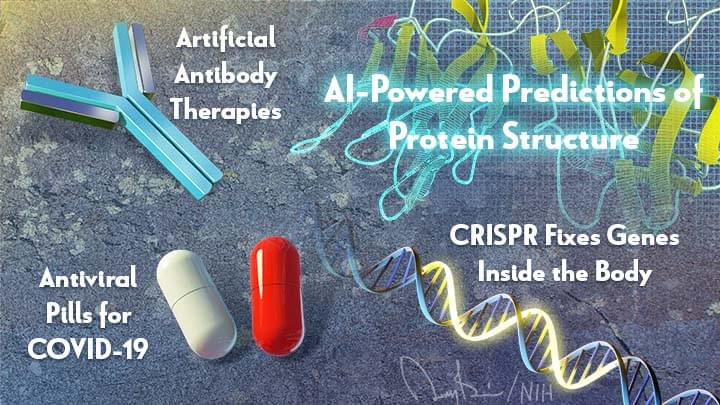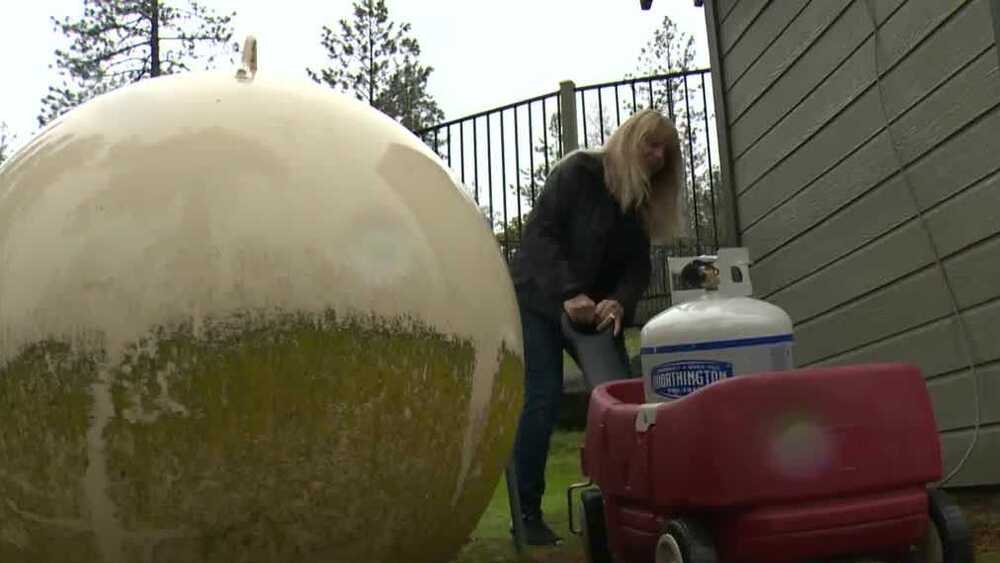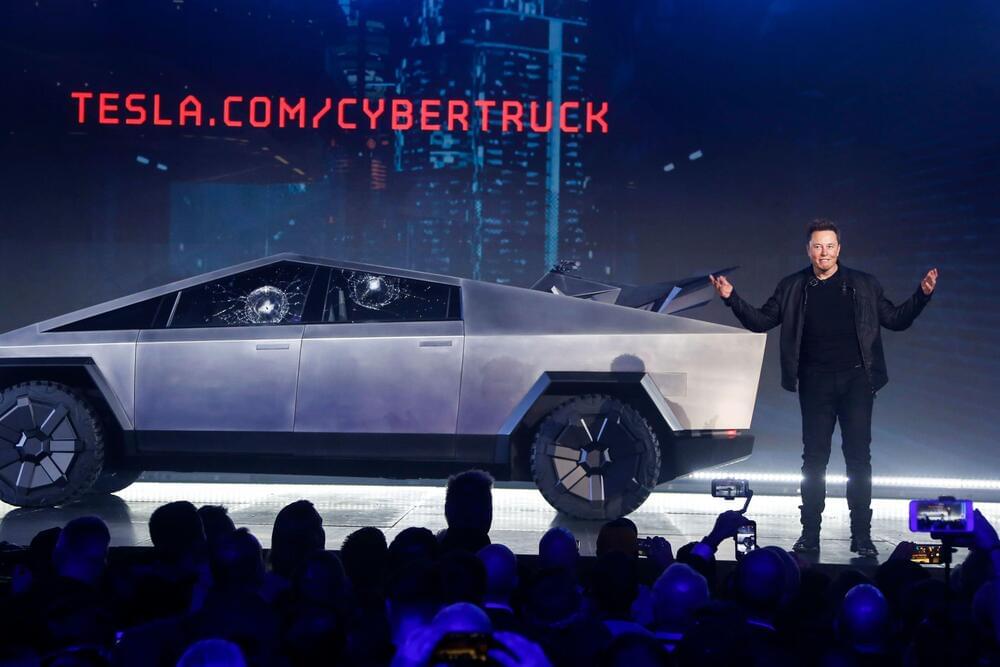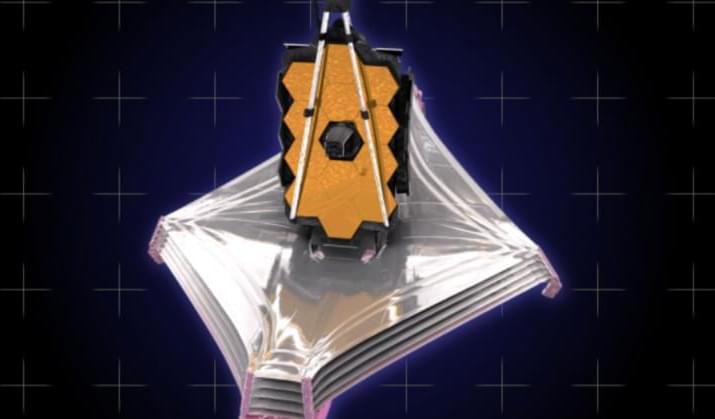The first PCs to incorporate Microsoft’s Pluton security chip will be available from Lenovo this May.
Exercise for weight loss and its link to long life is explored in new research. Exercise carries many health benefits, independent of how much weight loss occurs.
Hi everyone, I’m Larry Tabak. I’ve served as NIH’s Principal Deputy Director for over 11 years, and I will be the acting NIH director until a new permanent director is named. In my new role, my day-to-day responsibilities will certainly increase, but I promise to carve out time to blog about some of the latest research progress on COVID-19 and any other areas of science that catch my eye.
I’ve also invited the directors of NIH’s Institutes and Centers (ICs) to join me in the blogosphere and write about some of the cool science in their research portfolios. I will publish a couple of posts to start, then turn the blog over to our first IC director. From there, I envision alternating between posts from me and from various IC directors. That way, we’ll cover a broad array of NIH science and the tremendous opportunities now being pursued in biomedical research.
Since I’m up first, let’s start where the NIH Director’s Blog usually begins each year: by taking a look back at Science’s Breakthroughs of 2021. The breakthroughs were formally announced in December near the height of the holiday bustle. In case you missed the announcement, the biomedical sciences accounted for six of the journal Science’s 10 breakthroughs. Here, I’ll focus on four biomedical breakthroughs, the ones that NIH has played some role in advancing, starting with Science’s editorial and People’s Choice top-prize winner:
Power is slowly being restored for people living in the Sierra and foothills, but on top of electric issues, many residents are finding themselves low on another much-needed resource.
Several viewers have called and written to the KCRA 3 newsroom about a lack of propane. One such viewer Debbie Sterling of Placer County.
These are some of the most anticipated new electric vehicles hitting the market in 2022, including some that could challenge Tesla for EV supremacy.
Regardless, the coming year promises — for now, at least — a slew of hotly anticipated new buildings, from Africa’s tallest skyscraper to a futuristic water bottling factory in Italy.
Notable for their design, potential cultural impact or the conversations they are likely to generate, here are nine architecture projects to look forward to.
The process took eight days to complete.
Five thin-as-human-hair plastic sheets coated with reflective material that will protect the James Webb Space Telescope (JWST) have now been successfully deployed, the National Aeronautics and Space Agency (NASA) said in its press release.
Ever since its launch on Christmas Day, space enthusiasts were eager to know if the sunshield on the JWST that is designed to protect the sensitive instruments on board would be deployed to perfection. To rightfully take the place of the mighty Hubble, the JWST has to overcome its 344 potential points of failure, and deploying the sunshield is a major achievement.
And it claims any roofer can install its new solar shingles.
GAF Energy, a division of roofing giant GAF, developed new solar shingles that are so easy to install no special equipment or knowledge is required, a TechCrunch report reveals.
The new accessible home renewable energy option provides serious competition for Tesla, who revealed their own new tiles with 22 percent more energy capacity last month.
Solar shingles have traditionally been difficult to install, as they replace traditional shingles to act as roofing material and solar cells at the same time. Tesla’s solar roofs, for example, require a special team to carry out what is essentially a whole roof replacement that has, in the past, taken weeks to complete.
With its new solar shingles, GAF Energy hopes to make installation easier and more flexible. Not only will it allow quicker install times, but it will also allow specific patches of roofing to be replaced with solar shingles, meaning customers won’t only have the option of replacing their entire roof.
Full Story:
The new SSDs have read/write speeds up to 14/12GBps.
For the first time in two years, XPG is on location in Las Vegas for the 2022 CES show, revealing ‘Dawn of a New Xtreme’. Under the new theme, the latest products from XPG and ADATA including gaming systems, peripherals, accessories, and components were unveiled. The highlight, however, is the PCIe (peripheral component interconnect express) 5.0 solid-state drives (SSD), the super-fast solid storage that is capable of read/write speeds up to 14/12GBps.
Twice as fast as the fastest PCIe 4.0 drives, Adata introduced two prototypes of its first PCIe 5.0 NVMe M.2 SSDs with capacities up to 8TB. The so-called Project Nighthawk SSD is designed using a Silicon Motion SM2508 controller capable of sequential read/write speeds up to 14/12GBps, while the Project Blackbird SSD features an InnoGrit IG5666 controller for 14/10GBps read/write speeds.









